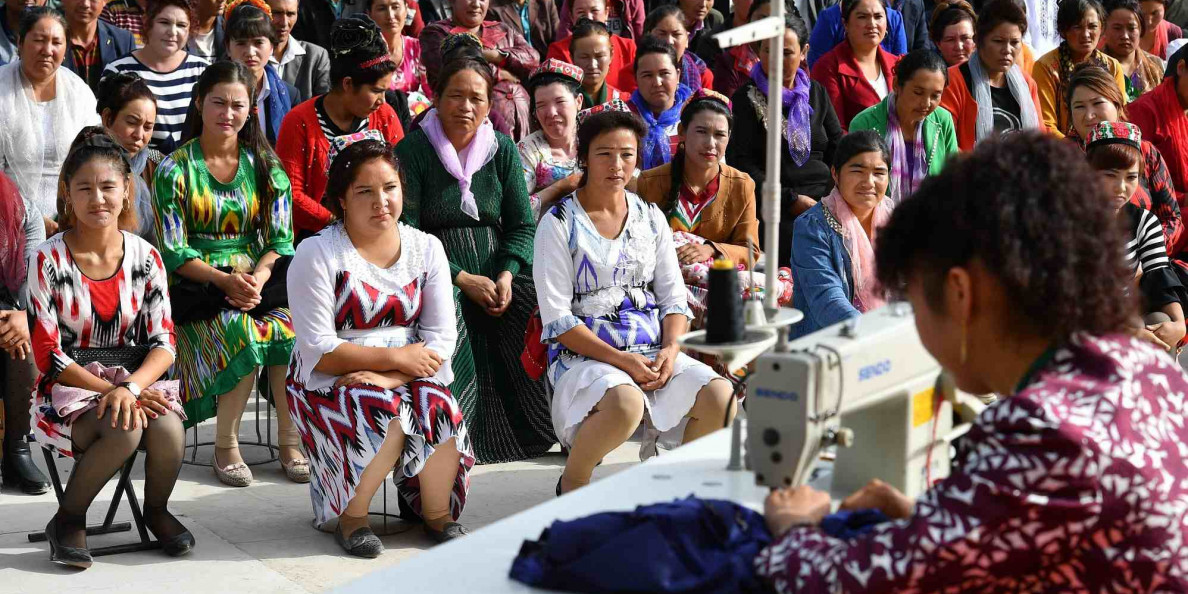With the recent decision by the US to block a shipment of goods from Fast Retailing’s Uniqlo brand over concerns its supply chain has ties to forced labour in China’s Xinjiang province, it is clear that the “red flag” is more than raised, writes MeiLin Wan, VP of textile sales at Applied DNA Sciences.
There have been increasing pressures on cotton supply chains to prove or disprove the use of Xinjiang cotton since the revelation of forced labor. Uniqlo is just one example of the potential risks to brands as well as the manufacturers within their supply chains.
The onus and responsibility fall on the brands to ultimately be certain that the claims they make are consistent with what is happening in their supply chains. How do you prove that the cotton supply chain is using the cotton that is being claimed? How do consumers truly know if a company is taking every ethical and social responsibility measure possible to ensure that the cotton being used is not from areas that utilise forced labour?
What’s behind your cotton?
According to the 2021 Know The Chain Report, forced labour risks are particularly high in cotton sourcing. Work related to the harvesting of raw materials on cotton farms tends to be more remote, meaning that workers are more exposed to vulnerable conditions. Isolated locations may result in fewer visits by labour inspectors and make it more difficult for workers to seek services and report abuse. In addition, due to the seasonal nature of the work, it is often carried out by migrant workers who, for instance, may migrate to a cotton-producing region specifically for the harvest.
China is the world’s second-largest producer of cotton, with 84% of its cotton produced in Xinjiang. Additional recent accounts of forced labour hit mainstream media with recounts in Malaysia, as well as right in our backyard, with a spotlight on the fashion district in Los Angeles. However, Xinjiang continues to be an example of how brand and manufacturer choices can create a ripple effect that reaches wide.
Off balance
Since its inception in 2009, the Better Cotton Initiative (BCI) was the gold standard that many brands sought to join as a means to verify and trace their cotton via mass balance certification. However, BCI has recently come under fire after deleting a 2020 allegation regarding forced labour in Xinjiang, a move that officials believe was a succumbing of the organisation to retail member pressures. The group has since gone silent during the most recent backlash.
While it is the obligation of brands to know their own supply chains, many are far removed from the source of their cotton. Due to the volume derived from Xinjiang, a system of “mass balance” has been used to authenticate the cotton. However, the logic for using such a system has come under much scrutiny.


